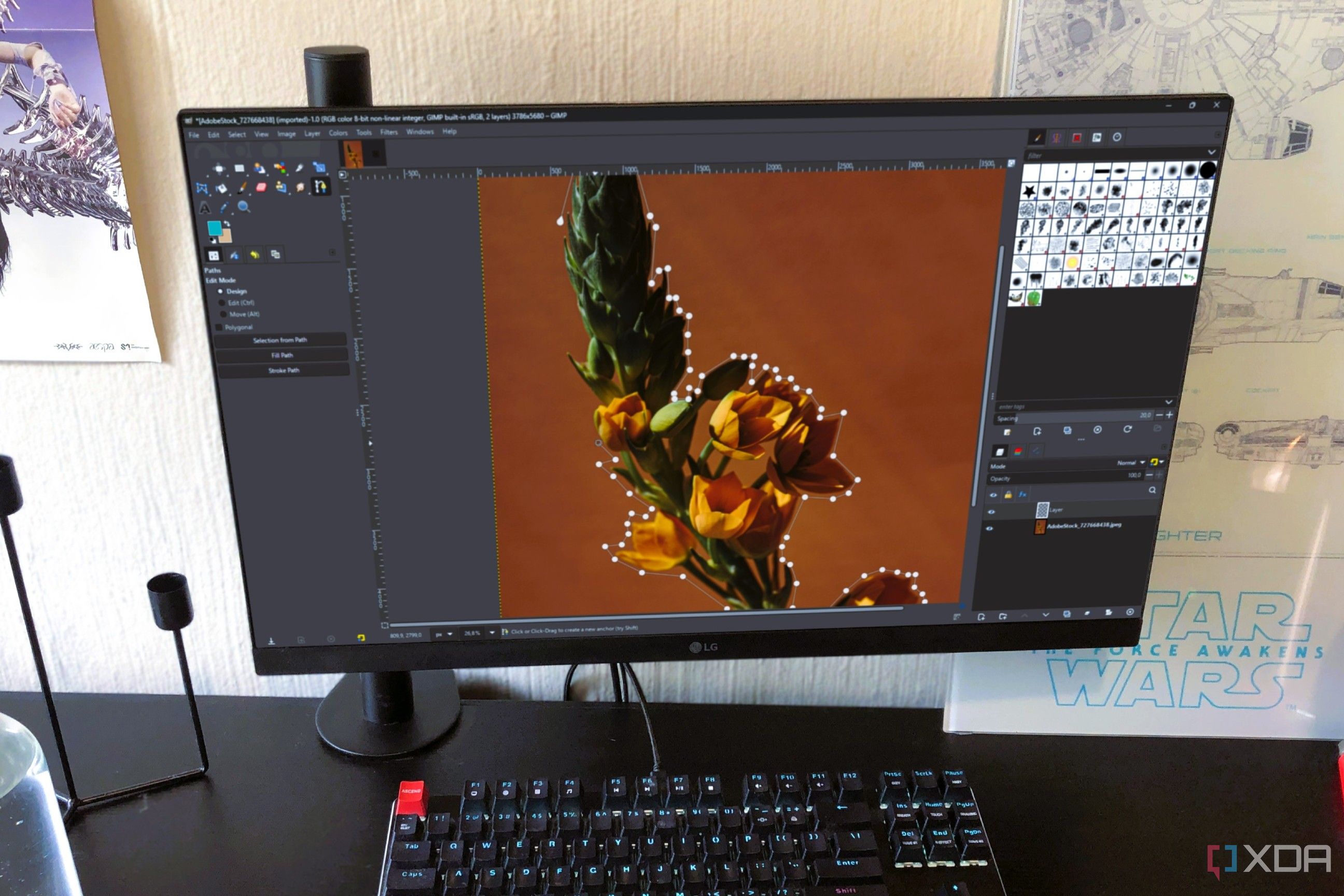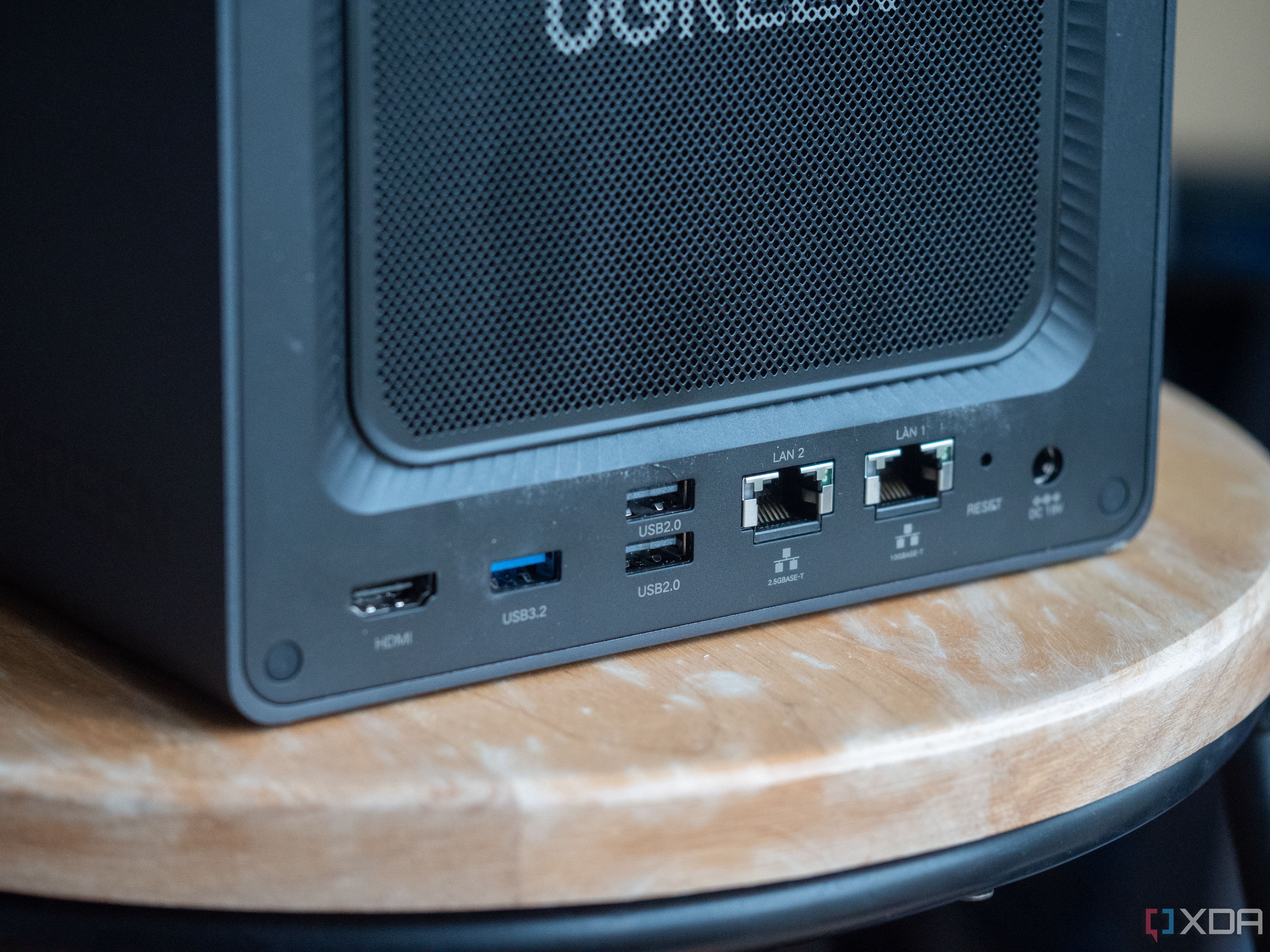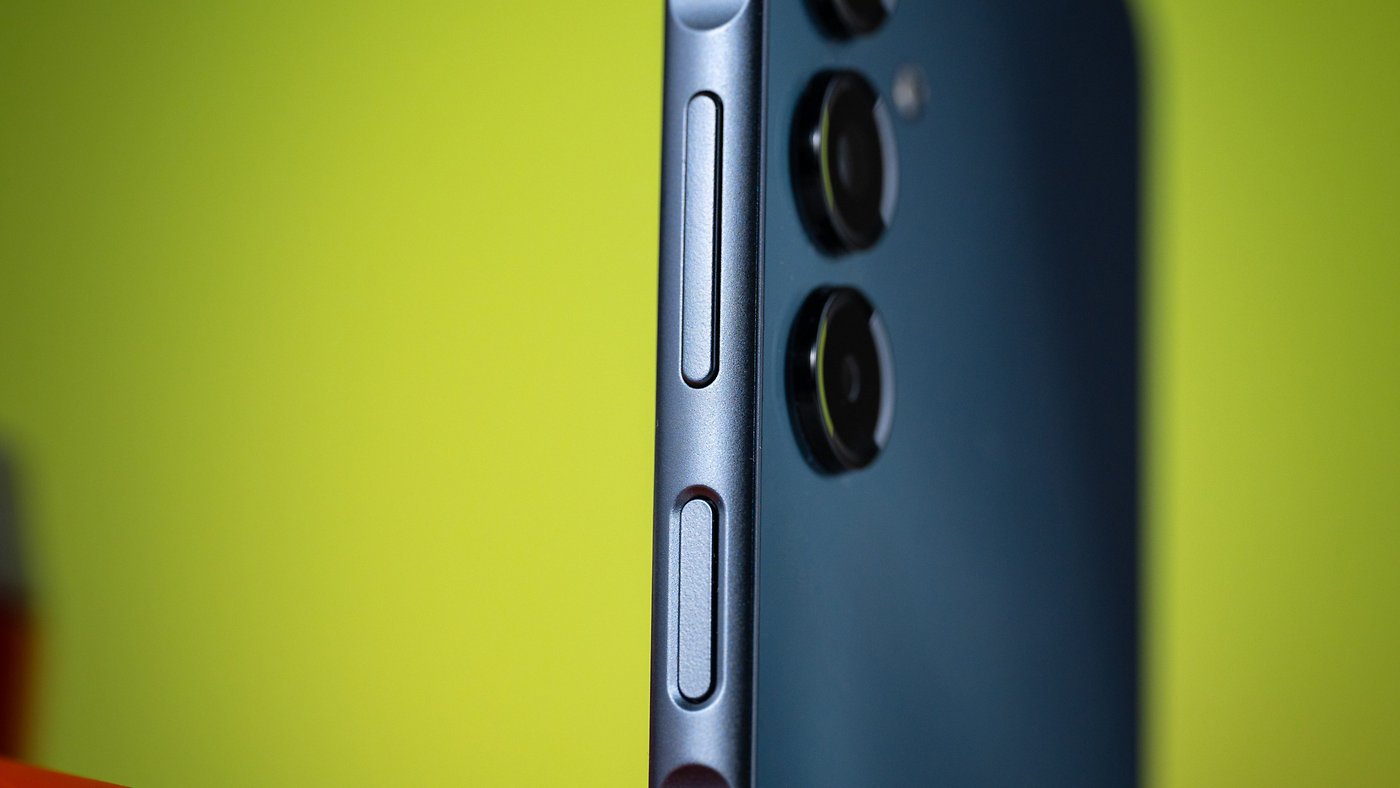Engineers invented an ultra-hard concrete alternative made of fungus and bacteria
Concrete is everywhere—from skyscrapers to sidewalks. But it comes at a steep environmental cost. Cement, the key ingredient in concrete, is responsible for about eight … The post Engineers invented an ultra-hard concrete alternative made of fungus and bacteria appeared first on BGR.


Concrete is everywhere—from skyscrapers to sidewalks. But it comes at a steep environmental cost. Cement, the key ingredient in concrete, is responsible for about eight percent of global carbon dioxide emissions, and finding a greener replacement is one of the biggest challenges in sustainable construction.
Now, engineers from Montana State University have developed a promising new material that might just rise to the occasion. This fungi-based concrete alternative uses fungal mycelium and bacteria to create a durable, bone-like structure that could one day replace traditional concrete.
The project is part of a growing field known as engineered living materials (ELMs), which combine living organisms with non-living substances to create materials with unique properties. One major obstacle for ELMs has been longevity, as many lose their beneficial qualities after just a few days or weeks.
However, the Montana State team’s hybrid fungi-based concrete alternative stayed metabolically active for at least four weeks, making it one of the most resilient candidates for a concrete replacement, something researchers have been struggling to find.

At the core of this fungi-based building material is Neurospora crassa, a fast-growing fungus that forms a strong mycelial network which acts as the structural scaffold. Researchers then introduced a bacterium called Sporosarcina pasteurii, which triggers a process known as microbially induced carbonate precipitation (MICP). In simpler terms, it turns soft materials like sand into something cement-like and solid.
Even better, the fungal scaffold allows for precise control over internal geometry, which researchers used to mimic the internal structure of cortical bone, known for its strength and resilience. This architectural flexibility opens the door to designing fungi-based concrete alternatives that aren’t just strong, but are also smart and capable of withstanding stress while potentially repairing themselves.
It’s the first time a living material like fungal mycelium has been used this way. And while it's still in the early days, the implications are significant. With more development, this fungi-based concrete alternative could reduce our reliance on cement and lower carbon emissions.
There are still hurdles to clear, including cost, scalability, and industry adoption. But if researchers can extend the material’s lifespan and refine production methods, this living, breathing alternative might redefine how we build the world around us.
The post Engineers invented an ultra-hard concrete alternative made of fungus and bacteria appeared first on BGR.
Today's Top Deals
- Today’s deals: $349 MacBook Air, 45% off TP-Link WiFi 7 mesh, $299 Vitamix Explorian blender, more
- Best Ring Video Doorbell deals
- Today’s deals: $269 iPad 10, $50 WiFi 6 router, $80 Ninja portable blender, $998 Samsung 85-inch TV, more
- Today’s deals: $320 iPad 11, $328 Sonos Move portable speaker, $90 Ninja blender, $400 off Freo Z Ultra, more
Engineers invented an ultra-hard concrete alternative made of fungus and bacteria originally appeared on BGR.com on Sun, 27 Apr 2025 at 15:10:00 EDT. Please see our terms for use of feeds.





























































































































